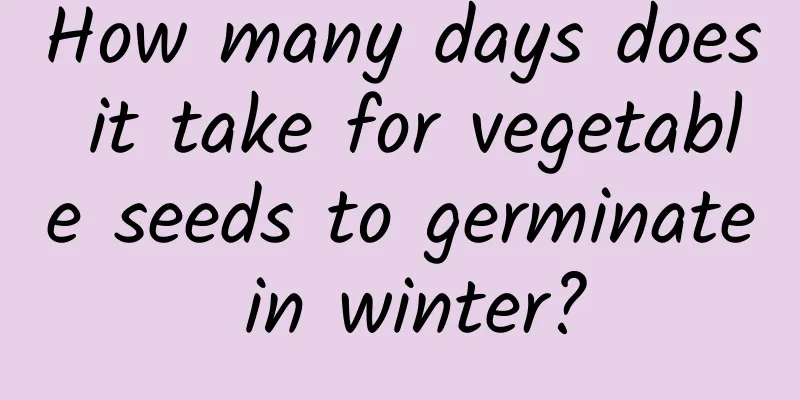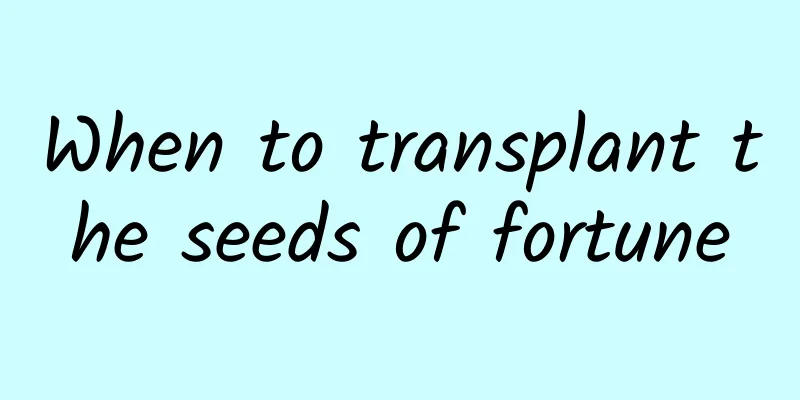What fertilizers are suitable for garlic? Four kinds of fertilizers are suitable for growing garlic with high yield and large garlic heads.

|
Garlic is a fertilizer-loving plant and needs to be fertilized in time during its growth period, but it also needs to be fertilized according to the fertilizer requirements of garlic growth, so that the effect of the fertilizer can be best exerted. Fertilizer for garlic1. Chicken and duck manure, cake fertilizer Garlic can use chicken and duck manure, compost, cake fertilizer, etc. as base fertilizer. These fertilizers are rich in nutrients, have long fertilizer effects and great effects. They can improve soil fertility and biological activity. The applied base fertilizer must be fully decomposed. Incompletely decomposed organic fertilizers will burn the roots and affect the normal growth of garlic. 2. Organic fertilizer Organic fertilizers contain relatively comprehensive nutrients and play an irreplaceable role in the cultivation and growth of garlic. They are beneficial to the development and formation of bulbs, and can also increase the looseness and air permeability of the soil, creating a good soil environment for root growth and bulb expansion. 3. Fertilizer Garlic is a sulfur-loving crop, so the nitrogen fertilizer and potassium fertilizer used as base fertilizer or topdressing should be mainly sulfuric acid type compound fertilizer. Try to avoid chlorine-containing fertilizers that will have adverse effects on garlic quality. High-nitrogen compound fertilizers and high-nitrogen and high-potassium compound fertilizers can be applied during the growth period, which play a vital role in garlic yields. 4. Foliar fertilizer Foliar fertilizer plays a nutritional supplement role in the growth of garlic. It is generally applied in the middle and late stages of growth, especially in some sandy soils. In the middle and late stages of growth, it is often prone to nutrient deficiency due to insufficient nutrient supply, thus affecting the formation of yield. Foliar fertilizer can effectively alleviate this problem. Key points for fertilizing garlicWhen planting garlic, you need to apply base fertilizer in the soil to make the soil more nutrient-rich. About two weeks after the garlic sprouts, you need to apply a thin layer of fertilizer to encourage it to take root quickly. Then, during the growth period of garlic, you need to apply some compound fertilizer containing phosphorus, potassium and nitrogen. |
<<: Precautions for transplanting jasmine. Methods and techniques for growing jasmine in pots
Recommend
Why do Clivia leaves turn yellow, burnt and dry?
As we all know, Clivia is an easy-to-care-for flo...
Is it better to use a large pot or a small pot for the lucky tree? What kind of pot is suitable for the bonsai lucky tree?
When planting the lucky tree in a pot, especially...
How to plant the roots of Flammulina velutipes
1. Root cutting When buying fresh enoki mushrooms...
How to care for bird's tongue orchid in winter
temperature: Bird's tongue orchid has relativ...
Can Bird of Paradise be watered with beer?
Can Bird of Paradise be watered with beer? Bird o...
The difference between fortune tree and seven-leaf lotus
1. Differentiation from basic characteristics 1. ...
When does African jasmine bloom?
When does it bloom? I can tell you for sure that ...
Purslane has great "uses". Plant one in a flowerpot and it's great for viewing and eating!
Since Purslane grows naturally in the wild, it ha...
What to do if the leaves of the fairy turn yellow
The reason why leaves turn yellow The reason why ...
Flower tea with beauty benefits
Apple Blossom Rose Tea Mix apple blossoms and ros...
How to grow night succulents
The succulent Quiet Night is a succulent plant of...
What is the best flowerpot for money tree?
1. Plant requirements for pots In fact, the money...
Can mangosteen seeds be planted in pots?
1. Can I grow potted plants? The mangosteen seeds...
Jasmine Growth Conditions and Characteristics
Jasmine Growing Conditions Jasmine prefers a warm...
Orchid planting conditions and growth environment requirements
Orchid Growing Conditions When planting orchids, ...









